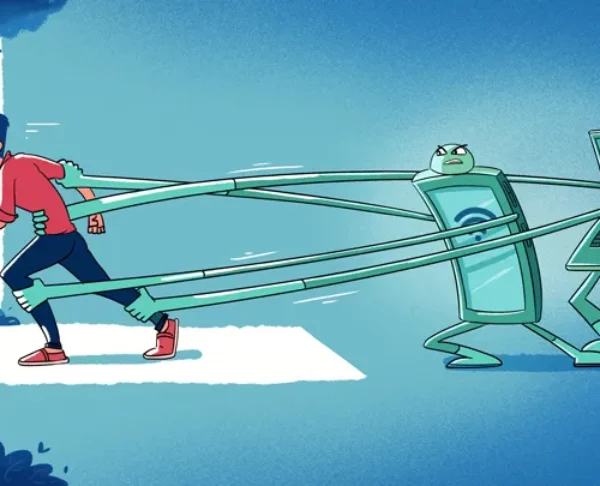
Introduction:
The Internet of Things (IoT) has emerged as a transformative technology, connecting everyday objects to the internet and enabling them to collect, exchange, and analyze data. From smart homes to industrial automation, the IoT has revolutionized the way we interact with our surroundings, creating a world of interconnected devices that enhance efficiency, convenience, and productivity. In this blog post, we will explore the concept of the Internet of Things, its applications across various sectors, and the impact it has on our daily lives.
- Understanding the Internet of Things (IoT):
The Internet of Things refers to the network of physical objects embedded with sensors, software, and connectivity capabilities that enable them to communicate and exchange data over the internet. These objects can range from everyday devices like smartphones, wearables, and home appliances to complex systems used in industries such as healthcare, transportation, and agriculture. By connecting these devices and enabling them to share information, the IoT creates a web of interconnected systems that can be monitored, controlled, and optimized.
- Applications of the Internet of Things:
a. Smart Homes: IoT devices like smart thermostats, lighting systems, and security cameras allow homeowners to control and monitor their homes remotely, enhancing energy efficiency, security, and convenience.
b. Healthcare: IoT devices in healthcare enable remote patient monitoring, real-time health tracking, and the management of chronic conditions. Connected medical devices, such as wearable fitness trackers and smart implants, provide valuable health data to healthcare providers for personalized care.
c. Industrial Automation: IoT technology is transforming industries by enabling automation and optimization of processes. Connected sensors and devices monitor equipment performance, predict maintenance needs, and improve production efficiency.
d. Agriculture: IoT solutions in agriculture enable precision farming, monitoring soil conditions, weather patterns, and crop health. This data-driven approach helps optimize irrigation, fertilizer use, and pest control, leading to increased crop yield and sustainability.
e. Smart Cities: The IoT plays a crucial role in building smart cities. Connected sensors and systems are used for traffic management, waste management, environmental monitoring, and energy efficiency, making cities more sustainable and livable.
- Benefits of the Internet of Things:
a. Efficiency and Productivity: The IoT improves efficiency by automating processes, optimizing resource utilization, and reducing human intervention. Connected systems enable real-time data analysis and predictive maintenance, minimizing downtime and enhancing productivity.
b. Convenience and Personalization: IoT devices offer convenience and personalization by adapting to user preferences and providing seamless connectivity. From voice-controlled virtual assistants to personalized recommendations, IoT enhances our daily lives.
c. Cost Savings: The IoT can result in cost savings through energy optimization, streamlined operations, and predictive maintenance. By monitoring and analyzing data, businesses can make informed decisions and reduce wastage.
d. Improved Safety and Security: IoT-enabled security systems, surveillance cameras, and smart locks enhance safety and security. Real-time monitoring and alerts help prevent theft, accidents, and unauthorized access.
- Challenges and Considerations:
a. Privacy and Data Security: The vast amount of data collected by IoT devices raises concerns about privacy and data security. It is crucial to implement robust encryption, authentication, and data protection measures to safeguard sensitive information.
b. Interoperability and Standards: The IoT ecosystem comprises a diverse range of devices and technologies, leading to challenges in interoperability and standardization. Establishing common protocols and frameworks is essential for seamless integration and compatibility.
c. Scalability and Network Reliability: As the number of connected devices increases, scalability and network reliability become critical. Robust infrastructure and network connectivity are required to handle the growing IoT ecosystem.
Conclusion:
The Internet of Things is revolutionizing our world by connecting devices, collecting data, and enabling intelligent decision-making.


